Selected Papers on Ancient Art and Architecture [SPAAA] is peer-reviewed, annual series published by the Archaeological Institute of America, with the support of the Samuel H. Kress Foundation. SPAAA showcases innovative, interdisciplinary, and methodologically sophisticated scholarship presented at the AIA Annual Meeting. Individual presenters or entire panels may be invited by the Editorial Board to submit their papers for consideration. All contributions will be subjected to a blind review process and judged on their individual merit. Papers selected for publication may be revised but not substantially expanded. Because of the short production time, contributors must commit to a strict schedule of deadlines. The printed volume will be available for purchase at the following Annual Meeting, and online through open access and print on demand.
Series Editor
Megan Cifarelli, Professor Emerita of Art History, Manhattanville College
Associate Series Editor
Neville McFerrin, University of North Texas
Editorial Board
Marina Haworth, Hennepin County Community College
Patricia Eunji Kim, New York University
Lindsay Mazurek, University of Indiana,
Lauren Petersen, University of Delaware
Maggie Popkin, Case Western Reserve University
Questions about Selected Papers on Ancient Art and Architecture may be directed to the Series Editor, Megan Cifarelli (Megan.Cifarelli@mville.edu).
Physical copies of each volume are available for purchase here.
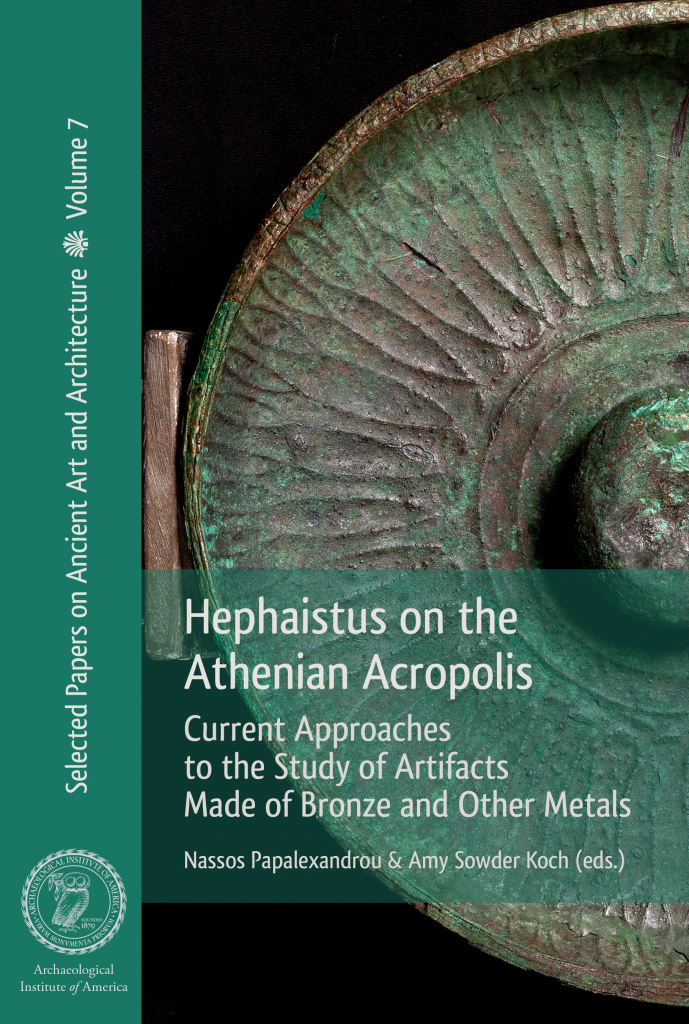
edited by Nassos Papalexandrou & Amy Sowder Koch
The study of bronzes and other metals from the Acropolis traditionally has been overshadowed by the emphasis given to monuments of architecture and sculpture. This volume positions itself against this tradition by resuscitating discussion on the Acropolis bronzes. The introduction reflects on the history of the relevant scholarship vis-à-vis the life of the Acropolis bronzes in various collections in Greece and elsewhere. The six essays provide overviews, reinterpretations, and critical discussions as well as new meth-odological approaches to various aspects of the existing corpus. Harris-Cline employs Actor-Network theory to showcase the in-tricate web of social relationships underlying the deposition of bronzes on the Acropolis. Makres and Scafuro detail their efforts to produce a new critical edition of the corpus of inscriptions on bronzes. Sowder Koch revisits the corpus of hydriai. Sarcone focuses on tripod-cauldrons whereas Papalexandrou discusses the corpus of griffin cauldrons. Karakitsou publishes a fascinat-ing inscribed phiale recently retrieved from the southwestern entablature of the Parthenon.
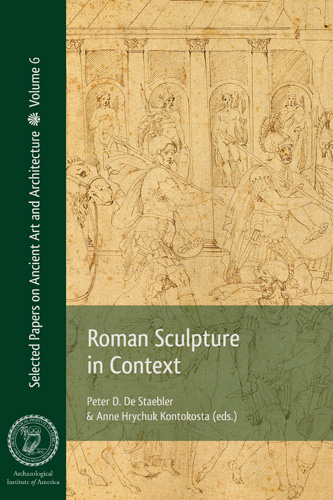
edited by Peter D. De Staebler and Anne Hrychuk Kontokosta
This volume tackles a pressing issue in Roman art history: that many sculptures conventionally used in our scholarship and teaching lack adequate information about their find locations. Questions of context are complex, and any theoretical and methodological reframing of Roman sculpture demands academic transparency. This volume is dedicated to privileging content and context over traditions of style and aesthetics. Through case studies, the chapters illustrate multivariate ways to contextualize ancient objects. The authors encourage Roman art historians to look beyond conventional interpretations; to reclaim from the study of Greek sculpture the Roman originals that are too often relegated to discussions of “copies” and “models”; to consider the multiple, dynamic, and shifting contexts that one sculpture could experience over the centuries of its display; and to recognize that postantique receptions can also offer insight into interpretations of ancient viewers. The collected topics were originally presented in three conference sessions: “Grounding Roman Sculpture” (Archaeological Institute of America, 2019); “Ancient Sculpture in Context” (College Art Association, 2017); and “Ancient Sculpture in Context II: Reception” (College Art Association, 2019).
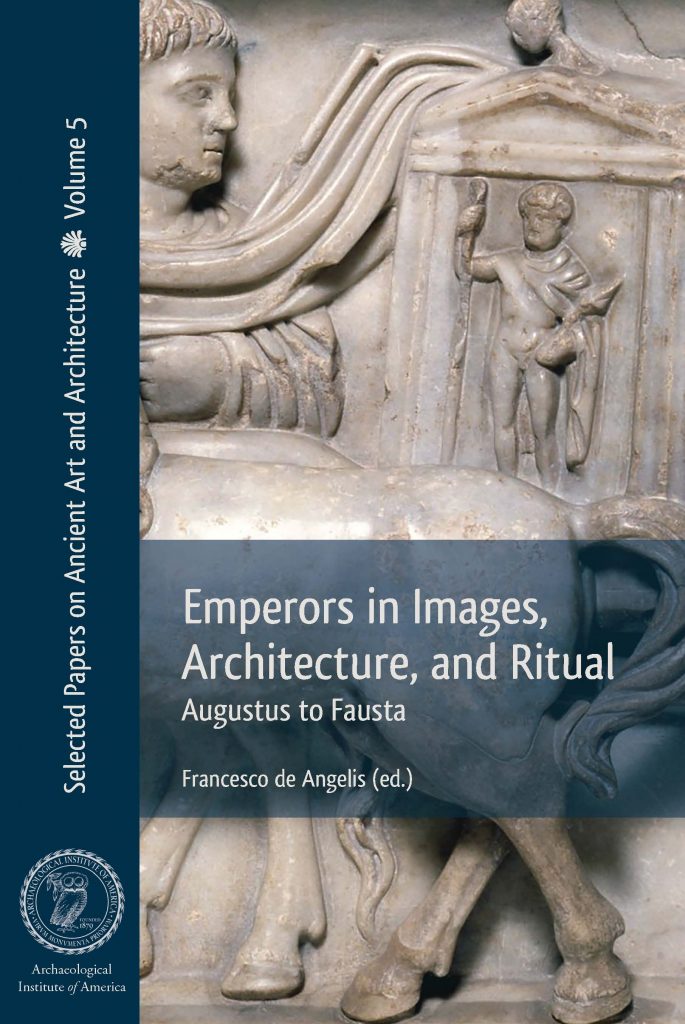
edited by Francesco de Angelis
This volume presents current research on a variety of questions related to Roman emperors’ uses of images and architecture. Drawing mainly on sculpture, coinage, and architecture, the papers consider topics ranging from the beard of Nero to Antonine funeral pyres to the roles of arches in shaping urban landscapes. Chronologically, the volume covers the reigns of Augustus through Constantine, and it examines the use of imagery by empresses as well as emperors. The contributors are Fae Amiro, Steven Burges, Laura L. Garofalo, Evan Jewell, Lillian Joyce, Jacob A. Latham, and Rosa Maria Motta, Gretel Rodriguez.
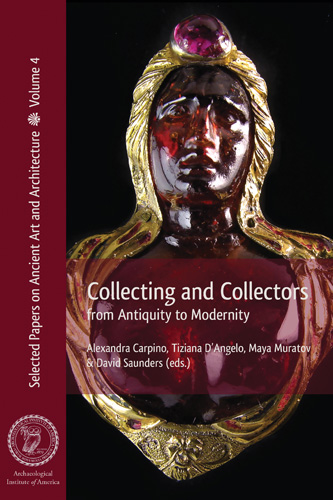
edited by Alexandra Carpino, Tiziana D’Angelo, Maya Muratov and David Saunders
This volume is a timely exploration of many facets of collecting and collectors. It brings together sixteen papers originally presented in two colloquia and a workshop at the Archaeological Institute of America’s 2017 Annual Meeting in Toronto. Part 1, “Collecting and Presenting the Etruscans in North America” focuses on a select number of collecting narratives that demonstrate how the art and material culture of a then little-known Italic culture made its way to the United States during the mid- to late 19th and early 20th centuries. Part 2, “Satis sit una aliqua gemma: Collecting Classical Gem from Antiquity through the 19th Century,” explores the significance that collecting antique gems acquired across time and space, as well the reasons why these objects remained highly valued and sought-after collectibles from antiquity to the modern era. Part 3, “Researching Ownership Histories for Antiquities in Museum Collections,” draws attention to discoveries that have been made through provenance research, and also to the challenges that shape the investigation of provenance.
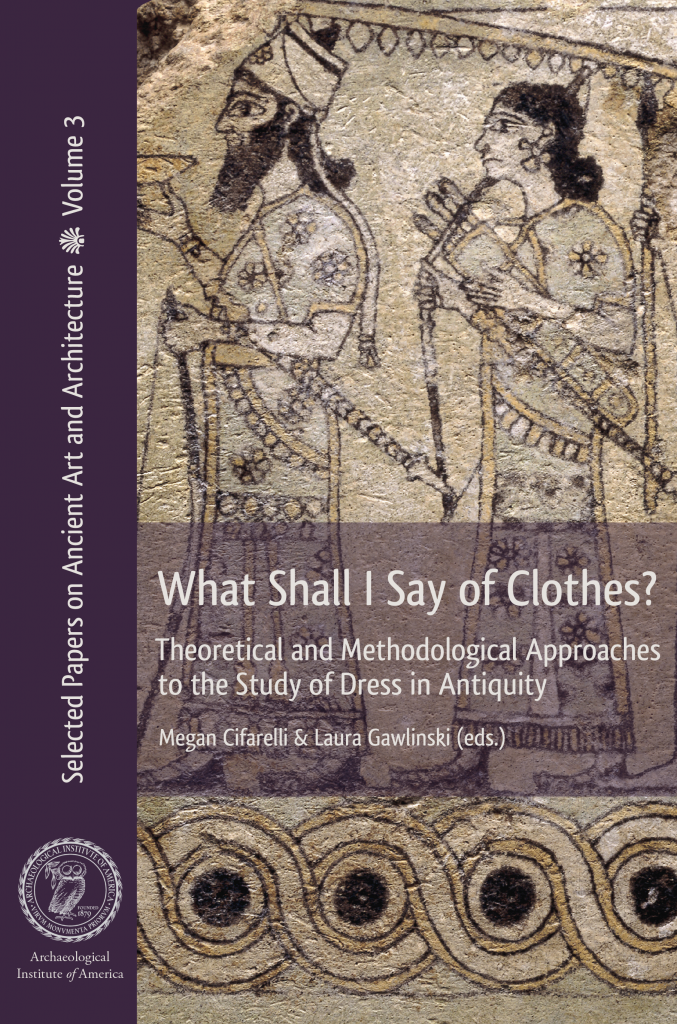
edited by Megan Cifarelli and Laura Gawlinski
The essays in this volume engage explicitly in a variety of theoretical and methodological strategies for the interpretation of dress, dressed bodies, and their representations in the ancient world. Focusing on personal ornaments, portraiture, and architectural sculpture, the collected papers investigate the visual, somatic, and semantic significance of the act of getting dressed, what it meant to be dressed in various ways, and how dress contributed to and shaped identities in antiquity. Authors draw from a wide range of disciplinary frameworks, integrating literary and archaeological evidence, experimental archaeology, social theory and the study of iconography.
This volume spans a broad area both geographically and chronologically, bringing the ancient Near East into dialogue with the classical world from prehistory through late antiquity. The breadth and inclusivity of this volume provide a strong theoretical and methodological foundation for the collaborative study of the dynamic role of dressed bodies and images that depict them. Contributors are Emma L. Baysal, Eric Beckmann, Ayse Bursali, Alexis Q. Castor, Megan Cifarelli, Laura Gawlinski, Maura Heyn, Neville McFerrin, Kiersten Neumann, Hadi Özbal, Rana Özbal, Josephine Verduci, Alissa Whitmore, Elizabeth Wueste, and Baris Yagci.
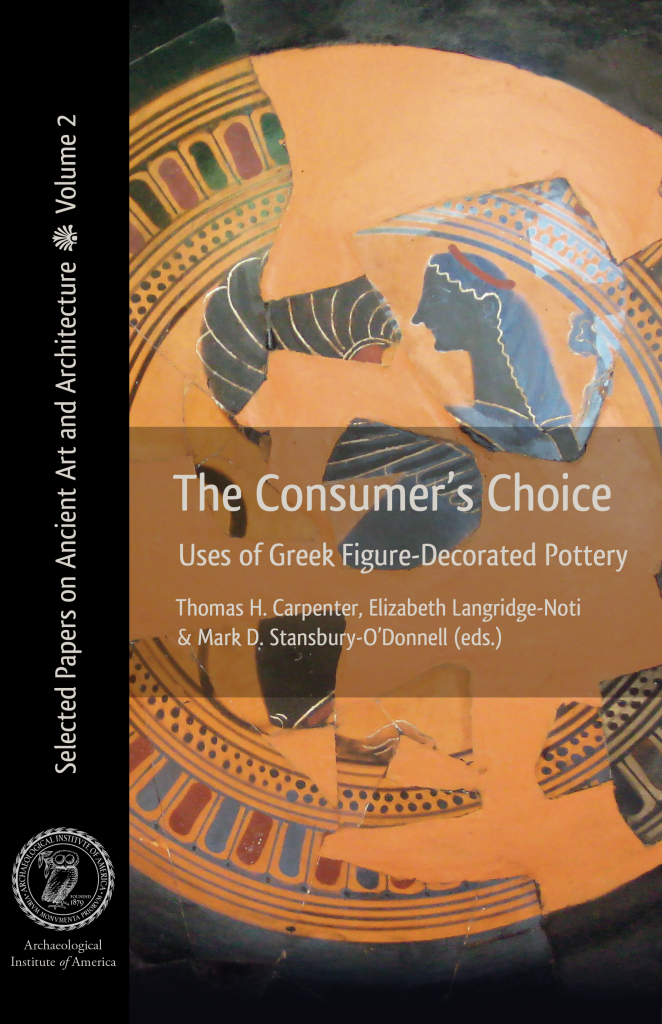
edited by Thomas H. Carpenter, Elizabeth Langridge Noti, and Mark D. Stansbury O’Donnell
As published excavated contexts become more plentiful and as older contexts are reexamined, it has become increasingly possible to consider Greek figure-decorated pottery from the perspective of its use. The essays in this volume explore the relationship between image and use in different contexts, with an emphasis on the user and consumer-that is, they explore the possible meanings images had for the individuals who obtained the objects on which they appear. The essays pose questions concerning why a consumer might choose a particular pot, why it might be part of an assemblage, or why a particular set of pots might have moved in a particular direction. The contributors are Sheramy D. Bundrick, An Jiang, Kathleen M. Lynch, Bice Peruzzi, Vivi Sarapanidi, Tara Trahey, and Vicky Vlachou.
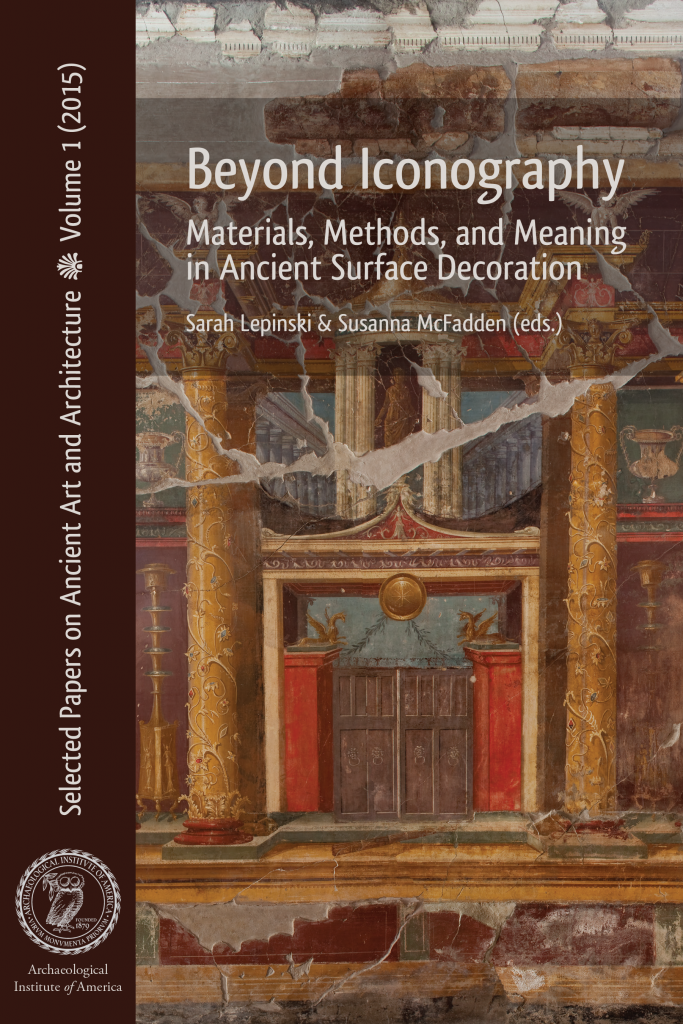
edited by Sarah Lepinski and Susanna McFadden
This volume presents a spectrum of current research on ancient surface decoration (painting mosaic, and stuccowork/plasterwork) that offers new avenues of exploration and directions of inquiry. The collected essays draw from a wide range of disciplinary frameworks and integrate material analysis, the study of technical characteristics, the investigation of literary and archaeological evidence, and the interpretation and reconstruction of iconographic programs. Geographically, the papers focus on paintings from the Mediterranean world, including examples from the Bronze Age Aegean, the Hellenistic Levant, and Roman Campania and Greece. Exciting work on Classical Maya paintings in Guatemala augment the case studies from the Mediterranean region and provide an important opportunity for cross-cultural comparisons of ancient artistic and cultural practices as well as modern analytical approaches. By offering a wide chronological and geographic panorama, this volumes expands existing research on ancient surface decoration and aims to secure a broad and variable foundation for continued work